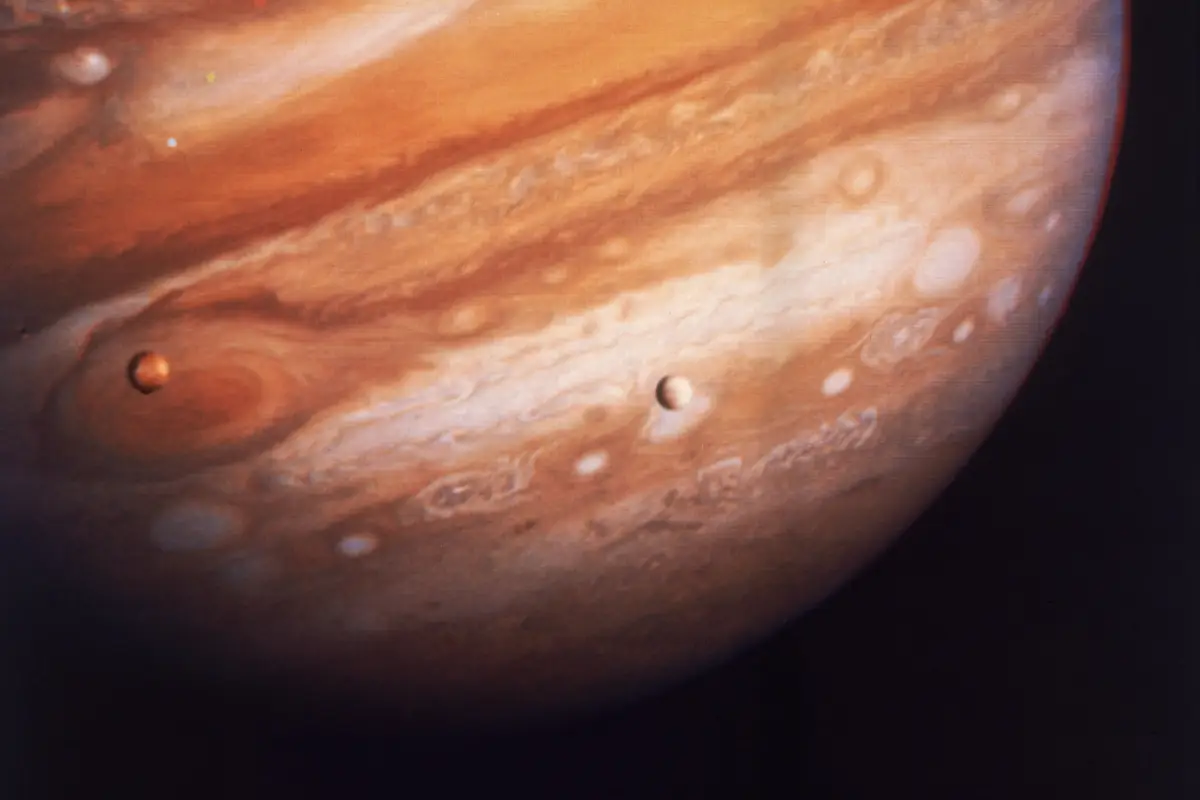ESA’s Solar Orbiter Captures First Images of Sun’s South Pole in Historic Milestone

Solar Orbiter has taken the closest and most detailed pictures of the Sun.
The European Space Agency’s Solar Orbiter spacecraft has made space history by capturing the first-ever close-up images and video of the Sun’s south pole. These were released on June 10, 2025, and mark a major step in understanding the Sun’s magnetic behavior and solar weather events that impact Earth.
A Bright, Complex Sun Revealed
The new images show a shimmering solar atmosphere where temperatures soar to over one million degrees Celsius. Between the glowing regions, darker clouds of cooler gas still reach temperatures of around 100,000 degrees.
These are the closest and most detailed images of the Sun ever captured. They allow scientists to study the Sun’s dynamic surface, with magnetic fields looping, twisting, and flaring.
“Today we reveal humankind’s first-ever views of the Sun’s pole,” said Prof. Carole Mundell, ESA’s Director of Science.
“It is imperative that we understand how the Sun works and learn to predict its behaviour.”
Understanding the Sun’s Stormy Cycles
From Earth, the Sun appears like a glowing ball. But with special instruments, scientists can see it as a constantly shifting ball of plasma, driven by twisting magnetic fields.
The Sun shifts between quiet and stormy phases about every 11 years, flipping its magnetic north and south poles. When magnetic fields become chaotic, solar flares and storms hurl plasma and radiation into space — sometimes toward Earth.
These solar storms can damage satellites, disrupt power grids, and impact communication systems.
Solving a Longstanding Mystery
According to Prof. Lucie Green of University College London, scientists have struggled to build accurate computer models because of a lack of data on magnetic field migration near the poles.
Now, that gap is finally being filled.
“We now have the missing piece of the puzzle,” Prof. Green told the BBC.
“With Solar Orbiter, we can now measure the fluid flows that transport magnetic fields to the Sun’s poles for the first time.”
These flows are key to predicting when and how solar magnetic flips occur.
The “Holy Grail” of Solar Physics
The Solar Orbiter aims to help researchers forecast space weather. Accurate forecasts would allow satellite companies, power grid operators, and even aurora chasers to prepare for solar events.
“This is the Holy Grail of solar physics,” said Prof. Christopher Owen, who studies solar wind.
“Solar Orbiter will get us to the bottom of how solar eruptions start. We still have work to do before we can use this data to make solid predictions.”
SPICE Captures New Elemental Images
In addition to the magnetic field data, Solar Orbiter used its SPICE instrument to take spectral images of hydrogen, carbon, oxygen, neon, and magnesium. Each element glows at specific frequencies, allowing scientists to map different layers of the Sun’s atmosphere.
These measurements show how solar particles move, helping scientists understand how the solar wind forms and escapes into space.
What’s Next?
The Solar Orbiter mission is far from over. As it continues its journey, it will take more images and measurements — especially around the Sun’s north pole in future flybys.
This mission could lead to reliable space weather forecasts, protecting Earth’s satellites and power grids, and deepening humanity’s understanding of the star that powers our solar system.
Catch all the Technology News, Breaking News Event and Trending News Updates on GTV News
Join Our Whatsapp Channel GTV Whatsapp Official Channel to get the Daily News Update & Follow us on Google News.














